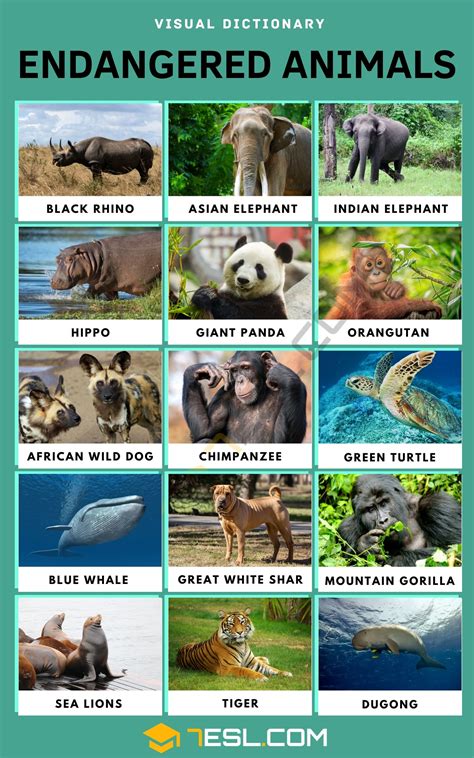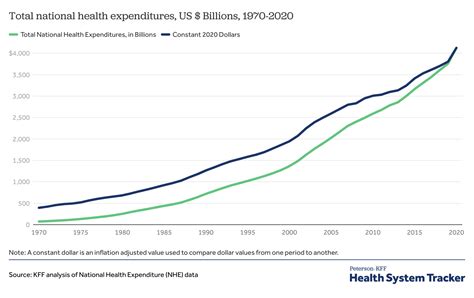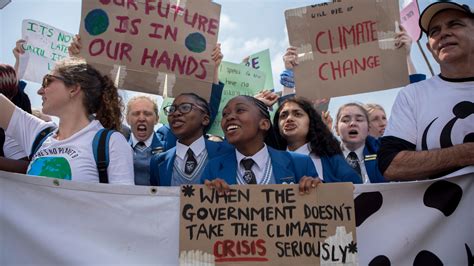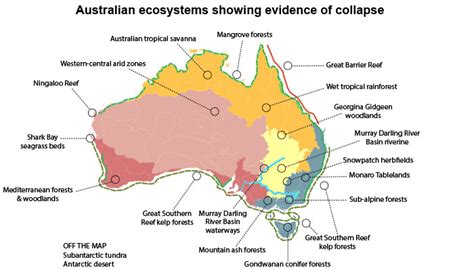Australia has long been renowned for its unique wildlife, but the country’s conservation record paints a grim picture. With the highest number of recent mammal extinctions globally and ecosystems facing collapse, urgent action is needed to protect the nation’s biodiversity.
In a bid to address these challenges, Labor recently unveiled a new plan aimed at saving 110 threatened species and preventing further extinctions. While this initiative marks a positive step forward, experts caution that it falls short of providing the comprehensive support required to safeguard Australia’s endangered flora and fauna.
“Our current approach has not been working. If we keep doing what we’ve been doing, we’ll keep getting the same results,”
The plan emphasizes critical aspects such as engaging First Nations rangers, leveraging Indigenous knowledge, setting clearer targets, improving monitoring efforts, and striving to safeguard 30% of Australia’s lands and seas within five years. These measures are indeed commendable but are hampered by inadequate funding.
“Measures of last resort…such as captive breeding…takes more [money] still.”
One major hurdle highlighted by experts is the insufficient financial backing allocated to conservation efforts. The substantial costs associated with protecting endangered species demand a far greater investment than the allocated A$225 million. Estimates suggest that an annual expenditure of A$1.7 billion is necessary to effectively address these pressing conservation needs.
“Estimates put it at A$1.7 billion per year.”
Moreover, focusing resources on only a select group of priority species risks neglecting countless other threatened plants and animals across diverse habitats. Protecting specific regions like the Australian Alps or Kakadu National Park is vital but requires broader strategies that encompass a wider array of endangered species throughout various ecosystems.
While prioritizing certain species may yield benefits for their respective habitats, it raises concerns about overlooking other crucial components essential for ecosystem health and resilience.
“Picking winners means many species will lose.”
Additionally, effective conservation efforts hinge not only on adequate funding but also on robust policies that enforce sustainable practices across all levels of government. Aligning conservation goals with broader environmental initiatives is imperative to prevent contradictory actions that undermine preservation endeavors.
Labor’s emphasis on expanding protected areas represents another key component in Australia’s conservation strategy. However, simply increasing land coverage without ensuring proper management or addressing underlying threats like habitat degradation poses significant challenges in achieving meaningful biodiversity outcomes.
“Protecting degraded farmland is not the same as protecting a biodiverse grassland or wetland.”
To truly make headway in safeguarding Australia’s rich biodiversity, concerted efforts must extend beyond designated protected areas to include private lands where many endangered species reside. Collaboration with landowners can prove instrumental in implementing tailored conservation measures that benefit both wildlife populations and agricultural practices.
Furthermore, enacting legislation that unequivocally commits to halting extinctions serves as a foundational pillar in preserving Australia’s unique biodiversity heritage. Establishing accountability mechanisms within legal frameworks ensures that promises made translate into tangible actions with measurable outcomes.
As discussions around conservation evolve amidst shifting political landscapes and environmental challenges intensify globally,
it becomes increasingly evident that bold steps backed by substantial resources are indispensable in steering Australia towards a more sustainable future for its precious wildlife.









Leave feedback about this